Explore the Best AI Image Gallery
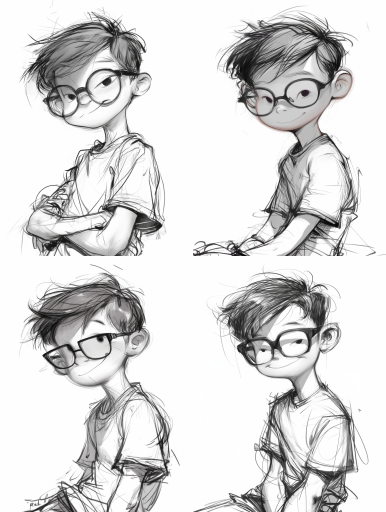
Artificial Muses: A New Renaissance with AI-Generated Images
The art world is standing on the cusp of an AI-assisted revolution. With artificial intelligence (AI) becoming increasingly sophisticated and accessible, we are now exploring untapped horizons of originality through AI-generated images. This blog post delves into how AI-generated images are reshaping the creative field, their varied uses, the ethical considerations that come with it, and potential future trends.
A Digital Revolution in the Creative Industry
AI-generated images have ushered in a paradigm shift in the creative industry. Traditional forms of art and graphic design have always relied on human imagination and skill. But now, AI-generated imagery is defying the limitations of human creativity, conceiving visuals that were previously infeasible.
AI models, such as Generative Adversarial Networks (GANs), are capable of creating unique images from random noise, sometimes even developing their own 'style' over time. These AI masterpieces have reached a level of sophistication where they can intrigue, inspire, and fool even the most discerning of human eyes.
Potential Uses
From interior design to advertising, the potential uses of AI-generated images are vast and varied. Gaming and virtual reality industries, for instance, can leverage AI to generate realistic, dynamic, and immersive environments. In the field of fashion, AI can visualize cutting-edge designs, predicting and setting trends. Furthermore, by interpreting customer data, AI can customize designs to cater to individual tastes.
Moreover, in the realm of marketing and advertising, personalized AI-generated images can optimize customer engagement by resonating with individual preferences and behaviors.
Ethical Considerations
Despite the alluring prospects, AI-generated images bear a suite of ethical implications. Issues surrounding authenticity, copyright, and misinformation are particularly significant. If an AI model creates a striking piece of art, who owns the copyright — the developer of the AI, the person who trained the model, or the AI itself? These questions are currently subject to ongoing debate.
Furthermore, the increasing realism of AI-generated images raises concerns about 'deepfakes'— falsified images or videos used for spreading misinformation.
Future Trends
As AI continues to advance, we can anticipate a future where AI-generated images gain greater sophistication and wider application. We could see AI models collaborating more closely with human artists, uncovering new forms of artistic expression.
AI’s ability to conceptualize and visualize designs based on data can also lead to more targeted, personalized experiences in fields like advertising, fashion, and interior design. However, as we traverse these promising frontiers, balancing the benefits of AI-generated images with mindful consideration of their ethical implications will be crucial.
Reshaping Our Visual Future
In conclusion, AI-generated images are transforming the way we conceive and interact with visuals. As we apprentice ourselves to these artificial muses, the dawn of a new era in the creative industry is visible on the horizon — a new Renaissance shaped by the magic of AI


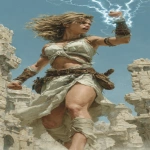
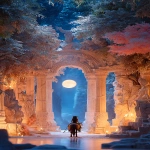
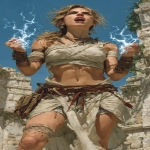
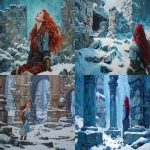
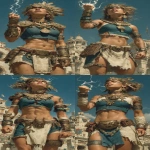
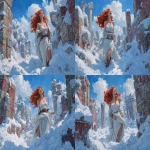
](https://images.ai-img.art/thumbnails/150/39c6bd41a1282b304a06fb11053bd009750b3879060719b1adb959228dbcd41a.webp)

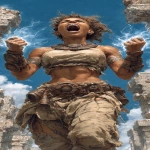





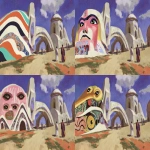
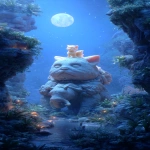
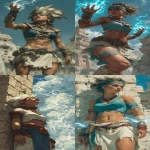
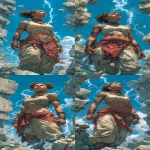
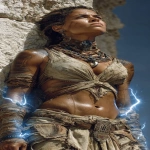


](https://images.ai-img.art/thumbnails/150/bc5b40f43007c984885fc5b035e0fd81d75554a8730895e067565a6b7050524b.webp)
](https://images.ai-img.art/thumbnails/150/00df9b84a8818b4130bce9ca10c0c67ff2bc8952ca0fb5012dafc9b1c6378e67.webp)
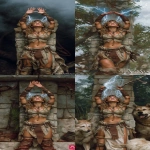
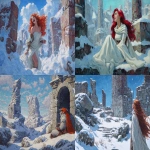

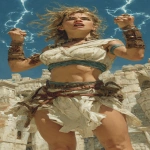


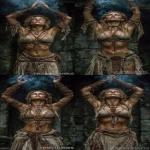
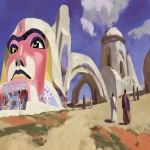
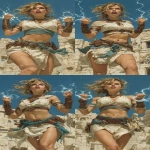
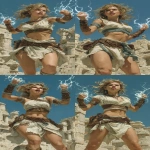


](https://images.ai-img.art/thumbnails/150/33a7122c923d87ba243a3afa0b16a930f1603be27b8ac938ff7f4ae4f5140553.webp)
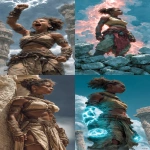

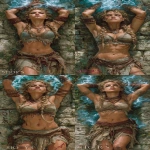



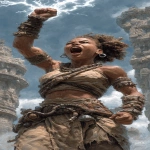
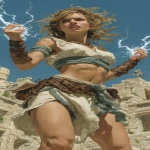
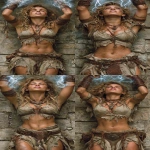

](https://images.ai-img.art/thumbnails/150/8aa2589b60ffe3dde30a265a6cac8d4ae71901c658ca48c4344f21436de413fb.webp)
